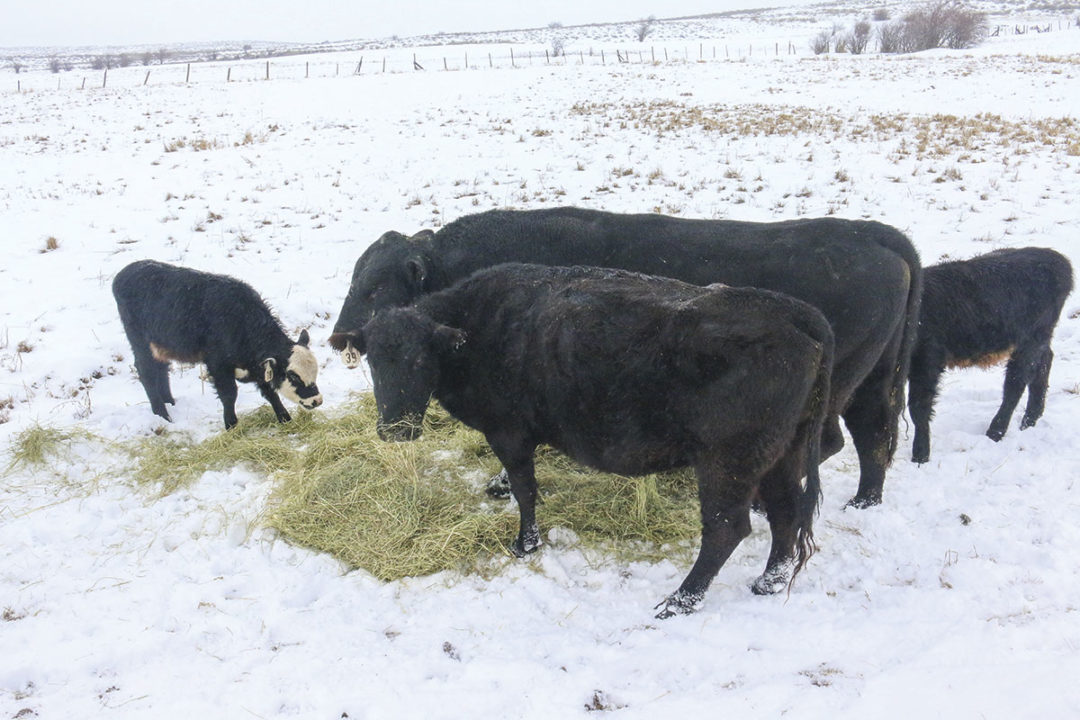A successful calving season happens when the cows do almost all the work. To get cows set up for success, start with good, balanced nutrition. Consider these three tips to help prepare cows for calving season.
1. Body condition score determines calving success
Calving season success is tied to body condition score (BCS). Cows in BCS 6 heading into calving season are in good shape, and the chances of a healthy birth are optimal. Plus, when a cow is in good shape, chances are her calf will be in good shape too.
Body condition score can help predict which cows may have calving problems as well as calves that may need extra care. A BCS lower than 6 could mean the cow lacks the nutrient reserves to support the calf’s immune system and colostrum production. A BCS higher than 6 could indicate the cow has a higher chance of dystocia because of more fat in the pelvic region.
In the two to three months leading up to calving, work with your nutritionist to make sure you have enough forages and a supplement plan in place to maintain a BCS 6 through calving.
2. Cattle mineral is key
Forages are the basis of cattle nutrition, but they don’t always have everything a cow and her calf need to stay healthy. The game plan for a successful calving season includes having cows at a BCS 6, offering cattle mineral year-round and the fulfilment of increased energy needs.
A solid cattle nutrition program starts with mineral as the foundation. Cows need trace minerals that aren’t always available naturally in a forage-only diet. These minerals help a calf develop without sacrificing the cow’s health. Once the calf is born, the cow will continue to need support so she can provide her calf with the proper nutrition and her calf can hit weaning weight as fast as possible.

Give your cattle the best shot at a successful calving season by making sure they have enough access to feed and minerals. Staff photo.
Invest in a year-round cattle mineral supplement made up of both organic and inorganic trace minerals. At just pennies per cow per day, it will help maintain the cow’s BCS throughout the year and set her up for long-term success.
3. Energy levels can make a difference before and after calving
Even the best cattle nutrition plans can fall short at times. For cows with a BCS lower than 6 in the final month before calving, there is still a way to support them in the short term.
Get more energy into the cow to help get her to peak milk and provide the immunity support the calf needs. Additional energy will not prevent or fix problems that could be avoided with a well-balanced cattle nutrition program, but it can help dodge some of the consequences.

The right BCS is crucial for a good calving season. Staff photo.
Keep the calf in mind too. When a cow calves at a low BCS, her colostrum may not contain the nutrients her calf needs for a strong start. Be prepared with a colostrum replacer. Colostrum replacers can ensure calves receive all the nutrients they need to stay on track to meet weaning weight.
Change the game this calving season. Adopt these nutrition practices and set your herd up to win.
This was originally published by Purina Animal Nutrition.












